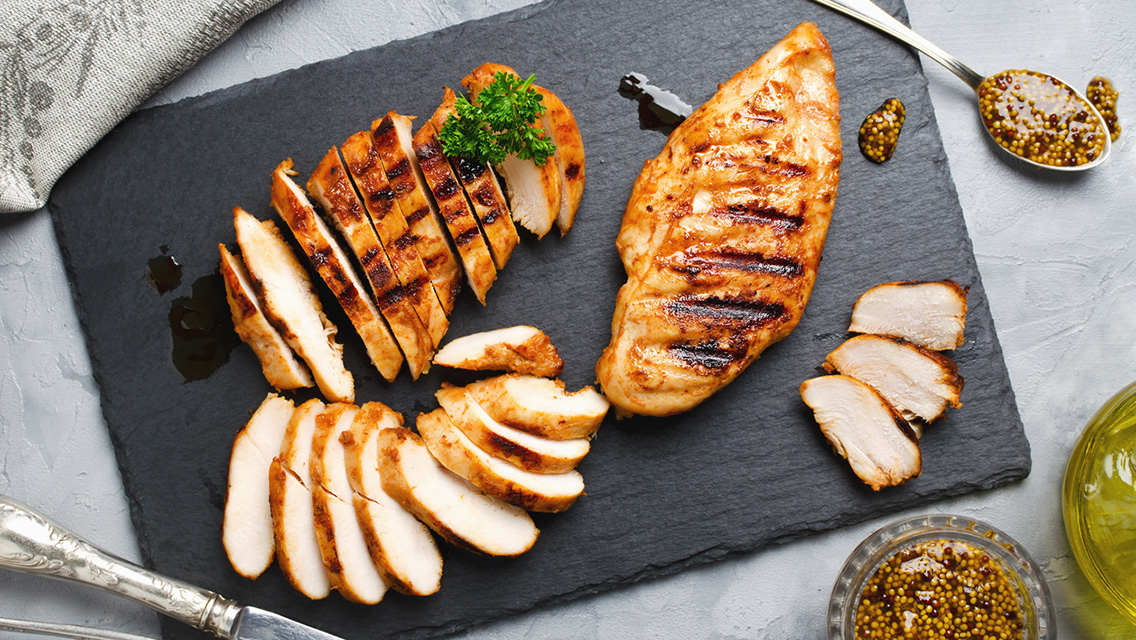Q | I’ve been hearing about protein pacing. What is it, and will it help me get fitter?
A | Protein pacing involves eating an optimal amount of protein at regular intervals throughout the day — not just at breakfast, lunch, or dinner.
“What we are finding is that the timing of when you provide nourishment to your body, using protein as the anchor, is critical to our overall health and physical performance,” explains Paul Arciero, DPE, director of the Human Nutrition and Metabolism Laboratory at Skidmore College in Saratoga Springs, N.Y.
He notes that protein pacing isn’t just for pro athletes; it’s beneficial for everyone. A 2014 study in the Journal of Applied Physiology, for example, demonstrated that protein pacing, both on its own and paired with an exercise program, is an effective method for reducing fat and overall body mass in overweight and obese adults.
“Protein pacing isn’t just for pro athletes; it’s beneficial for everyone.”
If you go too long between meals (the one exception, of course, is nighttime fasting), your body transitions from maintaining or building lean muscle mass to breaking it down for fuel, Arciero explains. This is especially damaging if you’re working toward a fitness goal.
“When people forgo eating a healthy source of protein before or after they’ve exercised, they’ve defeated the purpose of the exercise,” he adds.
Adequate protein intake is critical for repairing tissue and protecting vital organs. For fitness buffs, it’s essential for maintaining a healthy level of lean body mass, which can easily be depleted if they’re counting calories.
With that in mind, Arciero recommends eating four to six meals per day. While the meals don’t have to be equal in volume, he suggests eating 0.12 to 0.2 grams of protein per pound of body weight every three to four hours — roughly 20 to 40 grams of protein for a 180-pound person at each meal.
Twenty grams amounts to about 3 ounces of cooked meat; a single serving of most higher-quality protein powders also contains 20 grams of protein.
Whenever possible, prioritize whole foods, he adds. Examples include a small chicken breast or salmon fillet; three or four large eggs; 1 to 1 1/2 cups of cooked black beans, chickpeas, or lentils; and 1 to 1 1/2 cups of whole-fat Greek yogurt. (Also, see “Here’s What 30 Grams of Protein Looks Like” to learn more about this macronutrient and how to get it from healthy sources and “How to Eat at Least 30 Grams of Protein at Every Meal” for protein-packed recipes.)
This originally appeared in “Expert Answers” in the October 2017 print issue of Experience Life.





This Post Has 0 Comments